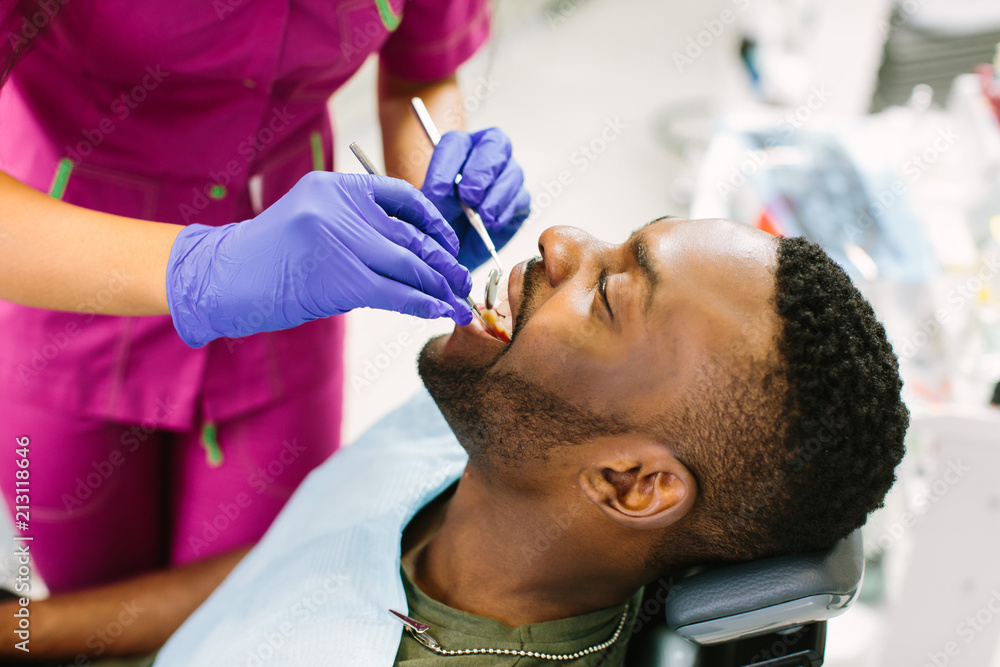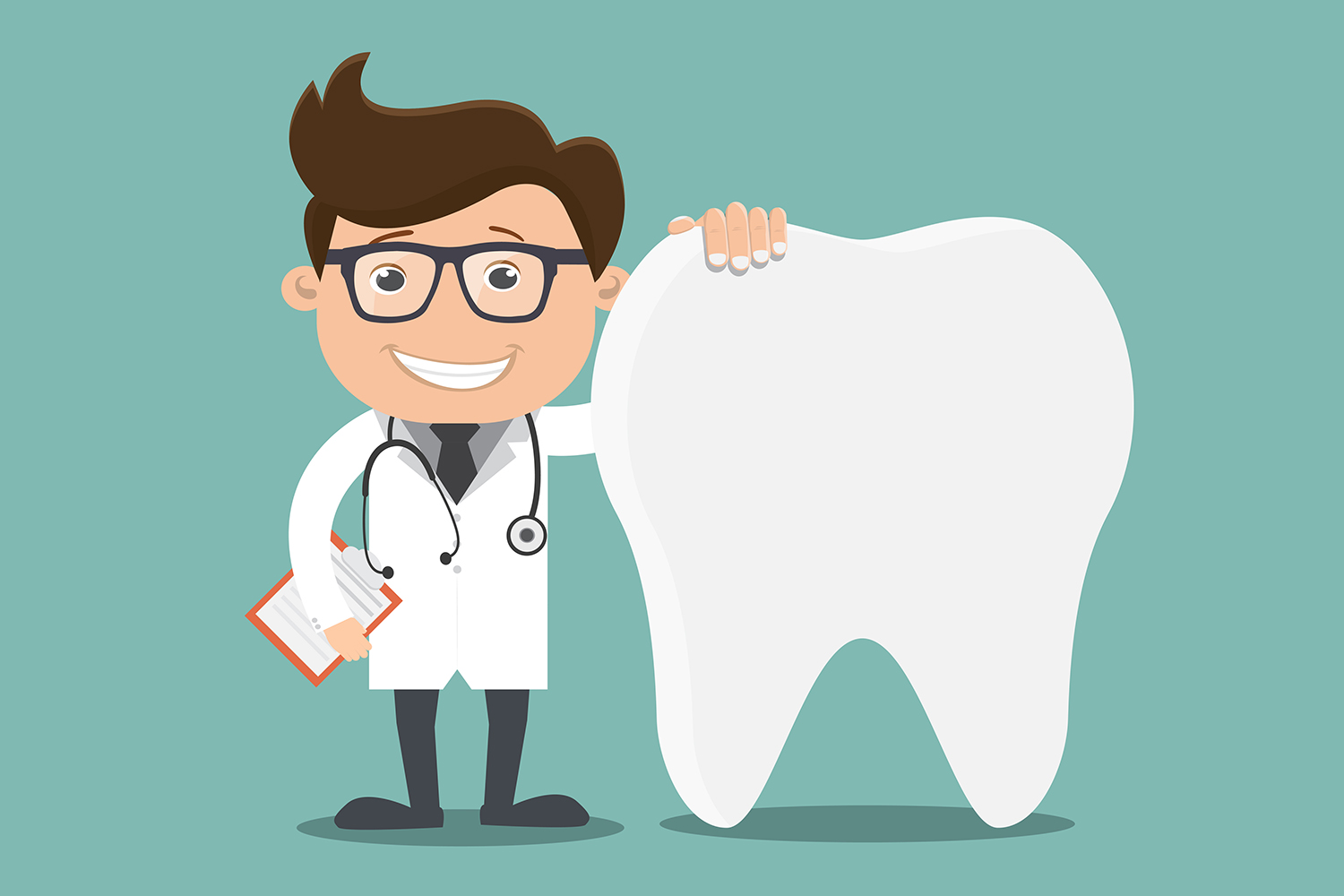The Secret to a Perfect Smile: Checking Out Veneers in Washington DC
The Secret to a Perfect Smile: Checking Out Veneers in Washington DC
Blog Article
Typical Concerns About Dental Veneers Addressed
Dental veneers have actually ended up being a progressively sought-after choice for those seeking to enhance their smiles, yet several people remain unclear regarding numerous facets of their usage. Secret questions typically emerge relating to the application process, durability, and prospective dangers related to these cosmetic improvements. The difference between porcelain and composite veneers can significantly affect one's option. As we explore these usual inquiries, it becomes vital to think about not only the advantages but additionally the implications of selecting dental veneers in search of a more certain appearance. What variables should one weigh prior to making such a decision?
What Are Oral Veneers?
Oral veneers are thin, custom-made shells crafted from porcelain or composite material that are designed to cover the front surface of teeth. These oral prosthetics offer both aesthetic and practical objectives, offering a remedy for various oral blemishes, consisting of discoloration, chips, gaps, and misalignment. By adhering to the teeth, veneers can considerably improve the total look of a smile, developing a more uniform and attractive appearance.
Porcelain veneers are especially preferred for their natural clarity and tarnish resistance, making them an optimal selection for individuals looking for resilient results. On the other hand, composite resin veneers are usually more economical and can be applied in a single see, yet they may not offer the exact same toughness as porcelain alternatives.
The decision to choose dental veneers often originates from a wish for aesthetic renovation, but people ought to also consider aspects such as the durability of the product, upkeep demands, and the prospective demand for tooth decrease (Dental Veneers). Inevitably, oral veneers stand for a efficient and flexible service for accomplishing a radiant smile, dealing with specific aesthetic requirements while advertising confidence and self-esteem
How Are Veneers Applied?
The application process for veneers calls for mindful preparation and accuracy to ensure optimum outcomes. The procedure usually begins with a comprehensive consultation, where the dental professional assesses the person's dental health and wellness, goes over desired results, and figures out the ideal kind of veneers, whether porcelain or composite material.
When the treatment strategy is developed, the dental practitioner prepares the teeth by getting rid of a thin layer of enamel, normally concerning 0.5 mm to 1 mm, to suit the veneer. This step is vital as it makes sure an appropriate fit and stops the veneers from appearing cumbersome - Dental Veneers. After preparation, impacts of the teeth are taken to develop customized veneers that match the patient's special oral framework and visual choices
While the permanent veneers are being produced in an oral laboratory, short-lived veneers might be positioned to secure the prepared teeth. When the long-term veneers prepare, the dental expert will carefully bond them to the teeth utilizing a strong oral adhesive. Last changes are made to ensure appropriate alignment and bite, adhered to by brightening for a natural appearance. The procedure finishes in a follow-up visit to check the veneers' fit and the patient's fulfillment with their brand-new smile.
What Are the Advantages?

Additionally, veneers are known for their toughness and resistance to staining compared to all-natural teeth. Made from high-quality materials such as porcelain or composite resin, they can keep their look for many years with correct care. This longevity makes them a functional financial investment in one's oral appearance.
Along with aesthetic renovations, veneers can additionally add to boosted dental wellness. By covering damaged visit homepage or weakened teeth, they can provide extra support and security, aiding to avoid further decay or degeneration. This safety facet can reduce the need for much more comprehensive dental procedures in the future.

How Much Time Do They Last?
With proper care and upkeep, oral veneers can last anywhere from 10 to 15 years, making them a lasting option for enhancing one's smile. The durability of veneers mainly depends on the product used, the high quality of the first placement, and the client's adherence to dental health techniques.
Porcelain veneers are known for their longevity and resistance to staining, usually lasting closer to the 15-year mark when looked after suitably. Compound veneers, while more cost effective, might require replacement quicker, commonly within 5 to one decade as a result of their susceptibility to wear and discoloration.

Furthermore, wearing a mouthguard during sporting activities or nighttime can provide extra protection. Inevitably, while veneers use a considerable aesthetic enhancement, their durability is considerably affected by the commitment to appropriate oral care and normal assessments with an oral professional.
Exist Any Kind Of Risks?
Considering the transformative results of dental veneers, it is necessary to recognize try this website the potential risks connected with their application. While veneers can improve the look of teeth, the treatment entails the elimination of a thin layer of enamel, which can raise tooth sensitivity and vulnerability to decay.
One considerable danger is the opportunity of incorrect positioning or suitable, causing pain, bite imbalance, or even damage to the underlying tooth structure. Furthermore, if the veneers are not preserved correctly, they can end up being stained or chipped gradually, requiring replacement.
Clients might likewise experience allergic responses to the materials utilized in the veneers, specifically if they have level of sensitivities to specific dental composites. While veneers are resilient, they are not indestructible; excessive pressure from grinding or clinching can lead to fractures.
It is essential for people to consult with a qualified dental expert to review their individual threats and to comply with aftercare instructions diligently. By recognizing these dangers, individuals can make educated decisions regarding their dental veneer therapy and guarantee the longevity and success of their improvements.
Conclusion
In recap, dental veneers stand for a useful cosmetic solution for boosting smiles, with considerations concerning their application, benefits, long life, and connected threats. Their effectiveness is affected by elements such as the selection of material, with porcelain offering superior toughness compared to composite alternatives. Proper treatment and upkeep are vital to make best use of the life expectancy of veneers. Inevitably, informed decision-making relating to oral veneers can cause acceptable visual outcomes and improved oral wellness.
Dental veneers are thin, tailor-made coverings crafted from porcelain have a peek here or composite material that are designed to cover the front surface of teeth. After preparation, impressions of the teeth are taken to create custom-made veneers that match the person's unique dental structure and aesthetic preferences.
While the long-term veneers are being produced in a dental lab, short-lived veneers might be positioned to shield the prepared teeth. Once the permanent veneers are ready, the dental practitioner will carefully bond them to the teeth using a strong oral adhesive. Inevitably, educated decision-making regarding oral veneers can lead to satisfactory visual end results and boosted oral health and wellness.
Report this page